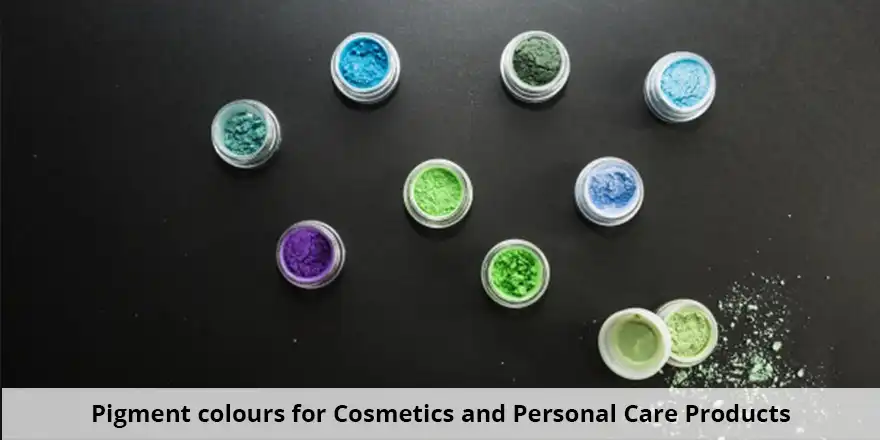Most Popular

When it comes to pigment colours, leading pigment manufacturers in India have to follow certain standards and guidelines. For each market, the common industry best practices may be similar but the regulatory guidelines for specific colours that have be followed, varies from one country to another.
Also, there are stringent regulations for different types of pigments. India is home to some of the leading pigment suppliers for cosmetic and personal care products. Depending on the product composition, pigment colours are used for making products such as soaps, face wash, creams etc.
—
Variety of Pigments Colours
A wide range of inorganic colour pigments consisting of Inorganic Colourants, Blended Inorganic and Lo Micron colours, are formulated for colour cosmetic product manufacturers. India exports these pigments as well as caters to the pigment needs of locally produced cosmetic products with the help of reputed cosmetic color companies.
On the basis of regulatory requirements, organic colour pigments are classified as D&C Lake Colours (Drug and Cosmetics Lake Colours), FD&C Lake Colours (Food Drug and Cosmetics Lake Colours), Non D&C and FD&C Pigments, and EEC Lake Colours.
FD&C colour guidelines are followed by pigment manufacturers in India to create cosmetics colour solutions for the US market. EEC Lake colours are prepared in accordance with the directive by the European Economic Community (EEC) for pigment colours used in cosmetics for the European markets.
Popular Inorganic Pigments
Other pigment colours
Blended Inorganic pigments are used for creating Amber, Sienna, Tan and Burgundy shades. Organic pigments are generally available in the form of colour lakes made using minerals such as calcium, barium, etc. Red, Yellow, Orange, Blue and a number of other shades can be developed using organic pigments.
Why are ingredients important for cosmetics colour composition?
To create the vibrant colours, pigment colours are made using chromium dioxide, iron oxides, ultramarines, and so on. But as per region-specific laws and regulations, use of some of the pigments is restricted or limited for manufacturing of certain products in specific nations.
For every colour that is manufactured, extensive research is required with rigorous testing procedures. Also, additional certifications may be required for conforming to regulatory standards. These regulations are in place to ensure safer use of colours for its various applications.
Bright and luscious cosmetics receive their colours and sometimes, even functional attributes with pigment colours. But pigment manufacturers in India have to pay attention to the quality control, regulatory guidelines and other specifications which varies from client to client.
Finally, with great quality pigment colourants, product manufacturers are able to deliver great cosmetics and personal care products to users.